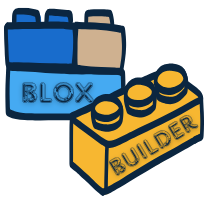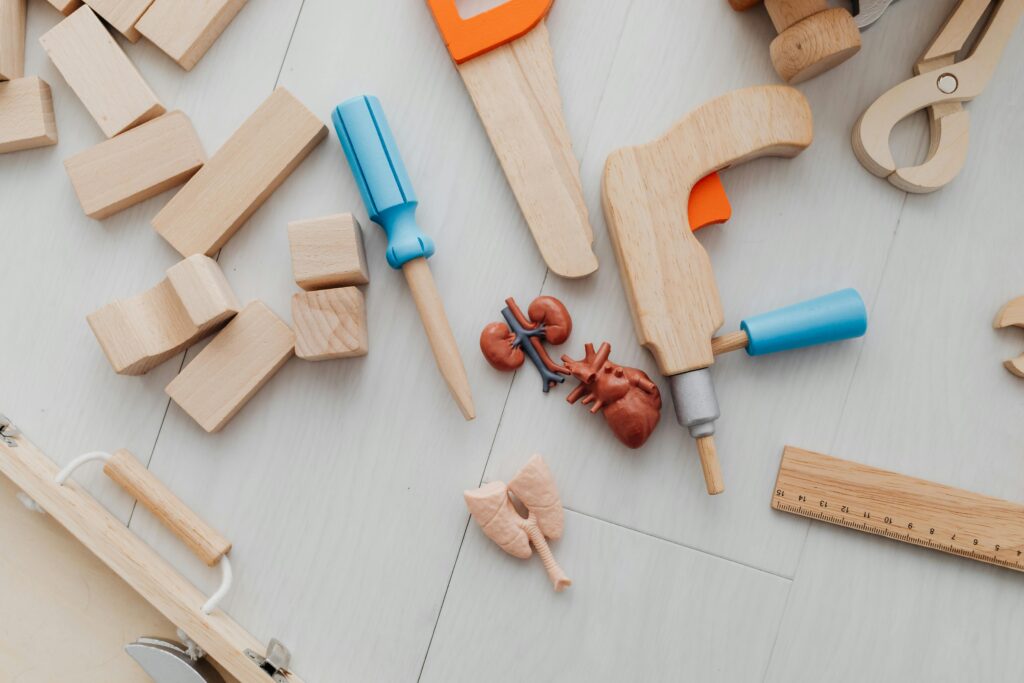The Power of Play-Based Learning

Building & Engineering Projects
- LEGO Storytelling Challenge
- Marble Maze with Building Blocks
- Bridge Building STEM Challenge
Coding & Digital
Creativity
- Scratch Game Jam
- Pixel Art with Code
- Create a Roblox Obby Course
Math & Logic Games
with Blocks
- Block Math Puzzles
- Pattern & Symmetry Designs
- Tangram Puzzle Build Challenge
Science & Discovery
Through Play
- Lava Lamp LEGO Volcano
- Block-Based Solar System
- Color Mixing LEGO Lab
Tiny Builders, Big Dreams
- Finally Found My Go-To AC Repair in Pembroke Pinesby Madison
This morning started like any other—until it didn’t. I was wrapping up some work when I got the dreaded call: the AC at my business in Pembroke Pines had completely given out. In South Florida heat, that’s not just inconvenient—it’s a full-blown crisis.
I immediately wrapped things up, jumped in the car, and headed back home. I had known for a while the unit was acting up, but like most people, I kept putting it off. Today, it finally gave out, and the heat was building fast. I needed help, and I needed it fast.
After a few quick searches and reading reviews, I called Quick Fix Air Repair. I had heard about them from a neighbor but never used them before. Let me just say—they absolutely delivered.
From the moment I got on the phone, the experience was smooth. They actually had someone available and were able to get to my place quickly. I figured I’d be sweating it out for the rest of the day, but they showed up on time, which already set them apart from past experiences I’ve had.
What really surprised me, though, was their professionalism and pricing. I was expecting a huge service bill—especially since it was short notice—but they were cheaper than I expected and completely transparent with the cost. No hidden fees, no surprises. Just honest work at a fair price.
The technician was not only friendly and professional, but also took the time to walk me through everything. He didn’t just fix the unit and leave—he explained what had gone wrong, how I could avoid it in the future, and even gave me tips on basic maintenance I could do myself. That kind of insight is gold. Most HVAC companies just want to get in and out, but these guys genuinely cared about making sure I was taken care of long-term.
They also talked to me about setting up a simple maintenance plan to help prevent bigger issues down the road. Honestly, I didn’t even realize how affordable regular AC maintenance could be, and now that I know, I’ll definitely be doing that. It just makes sense—especially in Florida, where AC is basically life support for your home or business.
What impressed me the most was how Quick Fix Air Repair didn’t try to upsell me or overcomplicate the issue. They fixed what needed fixing, made some cost-saving recommendations, and treated me with respect the whole time.
I’m honestly just so relieved to finally find a reliable HVAC company in Pembroke Pines. It’s one of those things you don’t think about until you need it, and when you do, you want someone you can count on. Now I have that.
If you’re in Pembroke Pines or anywhere nearby and need AC repair, I can’t recommend Quick Fix Air Repair enough . If you look up AC Repair Pembroke Pines you will find Quick Fix Air Repair. Fast, honest, affordable, and thorough—exactly what you want when the heat is on and your unit isn’t doing its job.
Thanks again, guys. I’m cool, comfortable, and grateful.
- Gamifying Learning: Using Blocks to Teach Math & Science
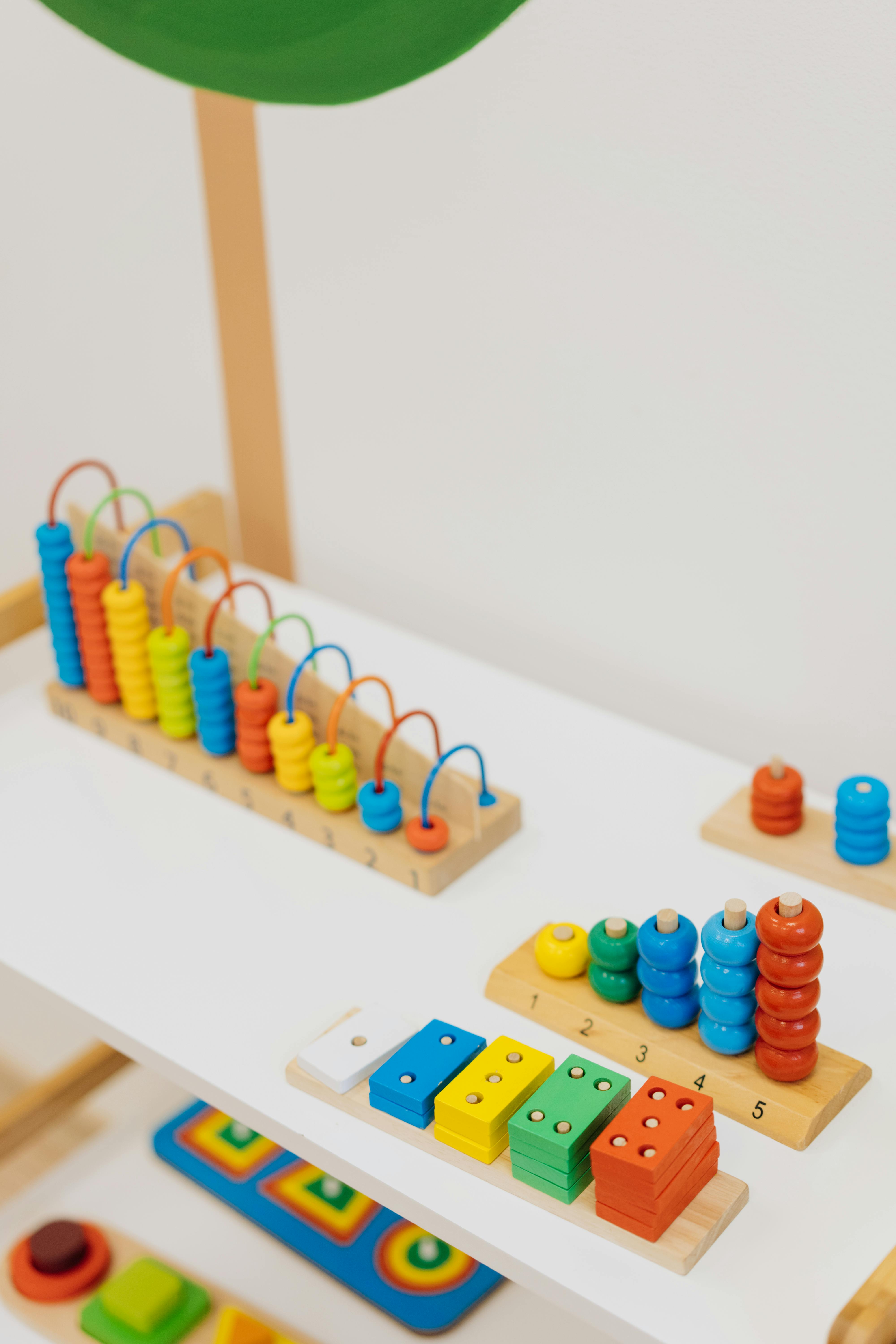 by Madison
by MadisonIf you’ve ever watched a child light up during play, you know the power of hands-on learning. It’s one thing to hear a math equation or read about a science concept in a textbook—it’s another thing entirely to build it, see it, and interact with it. That’s why I’m such a huge believer in gamifying education—especially with building blocks.
As a parent and a big fan of playful learning, I’ve seen firsthand how something as simple as a pile of LEGO bricks or magnetic tiles can become a portal to deeper understanding. Kids are naturally curious. They want to explore, touch, stack, and solve. So why not use that energy to turn subjects like math and science into games they can’t wait to play?
Let me share a few ways I’ve used blocks in our home to make tricky concepts fun, visual, and memorable.
🔢 Math with Blocks: From Counting to Fractions
One of the easiest places to start is with basic math skills. Blocks are perfect for teaching concepts like:
- Counting and Number Recognition – For early learners, we use colored blocks to count sets, match quantities to numbers, or play “Build a Tower” where they roll a die and add that many bricks.
- Addition and Subtraction – Using two different colors, we create visual problems. For example, 4 red blocks plus 3 blue ones clearly shows the total is 7.
- Skip Counting and Multiplication – Stacking blocks in groups of twos, fives, or tens creates a physical way to see multiplication come to life.
- Fractions and Division – This one surprised me! By using LEGO bricks with different stud lengths (like 2×1, 4×1, 8×1), I’ve shown my kids how one-half, one-fourth, or one-eighth works. It’s a concrete way to understand what dividing a whole actually means.
These games don’t feel like worksheets. They feel like challenges. And when a child solves a problem by literally building the solution, the concept sticks.
🔬 Science in 3D: Bringing Concepts to Life
Science can feel abstract—especially when you’re talking about things like atoms, gravity, or ecosystems. But when we start building models with blocks, suddenly those big ideas become tangible.
Some of our favorite block-based science activities include:
- Simple Machines with LEGO – We’ve built pulleys, levers, and ramps, then tested how they work. Not only do the kids learn physics—they also troubleshoot and experiment like little engineers.
- Building a Model Solar System – With different-sized blocks, we’ve made a scale model of the planets and talked about their order, relative sizes, and orbits. It’s much more engaging than just pointing at a poster.
- Plant Cells and DNA Models – Using colorful bricks, we’ve built basic models of plant cells and double helix DNA structures. It’s a creative way to introduce biology with a hands-on twist.
- Environmental Science with LEGO Cities – We’ve built tiny LEGO towns and talked about where to put parks, water sources, and roads. Then we explore what happens when you remove trees or add pollution. It’s a powerful introduction to sustainability.
By gamifying these topics, my kids are learning through doing. They remember the feel of the bricks, the trial and error of building, and the excitement of figuring something out for themselves.
🎮 Turning Lessons Into Games
Sometimes, it’s not even about the specific subject—it’s about the experience of learning through play. We’ve created scavenger hunts where each clue leads to a building challenge. We’ve used dice and color-coded bricks to create random math challenges. I’ve even seen classrooms use “block bucks” as a reward system, where kids can earn bricks to build a structure throughout the week.
When kids are engaged, they don’t even realize they’re learning. They’re just playing—and that’s the beauty of gamified education.
💡 Final Thoughts
Blocks are more than toys. In our house, they’re tools for thinking. They let kids test ideas, solve problems, and visualize abstract concepts in a way that no worksheet ever could. Whether it’s counting, coding, constructing, or hypothesizing, there’s a place for blocks in every lesson.
So the next time your child is struggling with math or zoning out during science time, bring out the blocks. Let them build their way to understanding. You might be surprised at just how powerful that play can be.
- Top Educational Building Toys that Boost Creativity
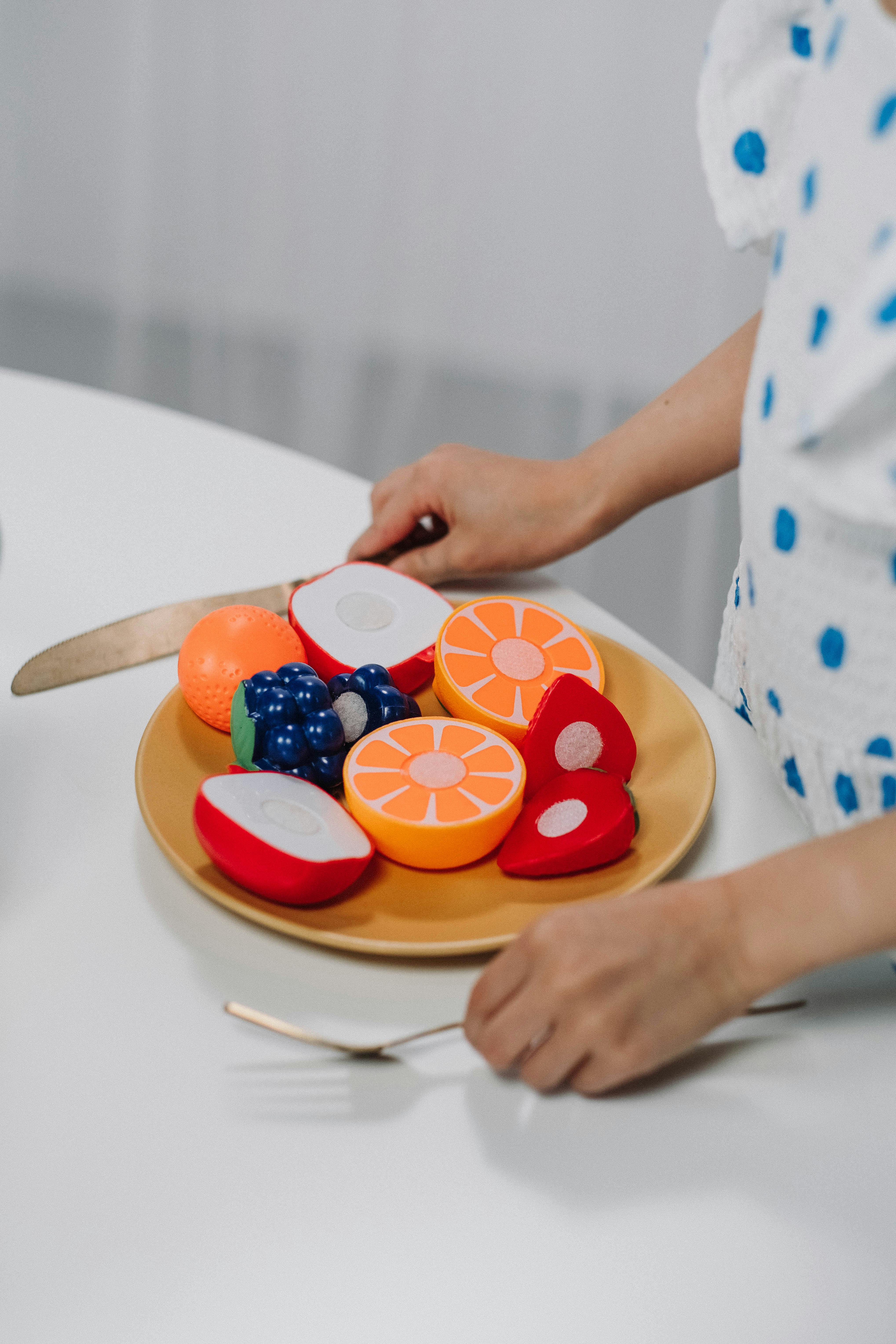 by Madison
by MadisonIf you’ve spent any time on Blox Builder, you probably know I’m obsessed with educational play—especially when it involves building. There’s just something about watching kids dive into a pile of blocks, pieces, or connectors and suddenly create an entire world from their imagination. But what’s even better? When that play is also secretly boosting their problem-solving skills, spatial awareness, and critical thinking. Yep, the best building toys don’t just entertain—they teach.
Over the years (and across dozens of birthday parties, rainy afternoons, and homeschool units), I’ve tested out a ton of building toys. Some were duds, some were pretty cool, and a few turned out to be absolute game-changers when it came to unlocking creativity. So, I thought I’d share a list of my favorite educational building toys—the ones that consistently deliver both fun and learning.
🧱 1. LEGO Classic Sets
Let’s start with a classic. No surprise here—LEGO is still the reigning champion of building toys. But I’m not just talking about the themed sets (although we love those too). The Classic boxes filled with random bricks in all shapes, sizes, and colors are where the real creative magic happens. There are no instructions, no step-by-step goals—just pure imagination. My kids have built everything from abstract sculptures to working catapults. It’s hands-on, it’s open-ended, and it’s perfect for all ages. Bonus: it grows with them. From color sorting at age 3 to designing motorized builds with LEGO SPIKE at age 10, it’s endlessly versatile.
🔩 2. Magna-Tiles
These magnetic tiles are the unsung heroes of open-ended play. Magna-Tiles (and their more budget-friendly cousins like Picasso Tiles) make it easy for kids to explore geometry, symmetry, and 3D design—without even realizing it. I love how these tiles snap together effortlessly, which makes them accessible even for little hands. We’ve built towers, houses, animals, and even stained-glass window art on the fridge. It’s the kind of toy that sparks creativity every single time it’s brought out.
⚙️ 3. Tinkertoys & K’NEX
There’s something so satisfying about toys that move. Both Tinkertoys and K’NEX offer a unique approach to construction by encouraging kids to think in terms of rods, joints, and mechanics. I use these especially when we’re talking about simple machines in our homeschool. We’ve built seesaws, windmills, and rolling carts, all while learning about levers, gears, and motion. It’s STEM learning that doesn’t feel like schoolwork—and I’m all for that.
🧠 4. Brain Flakes
If you haven’t tried Brain Flakes, add them to your list. These little plastic discs interlock in all directions and let kids build some truly wild and intricate shapes. They’re especially great for visual and tactile learners who benefit from exploring patterns and textures. The best part? There’s no “right” way to build with them, which is exactly the kind of creative freedom I love to encourage.
🧲 5. Marble Run Sets
I have yet to meet a kid who doesn’t get completely pulled into building a marble run. These sets teach planning, sequencing, cause and effect, and even a bit of physics—all while kids work to get their marbles from point A to point B without crashing. We’ve used Gravitrax and classic track-based systems like Q-BA-Maze, and both are fantastic. It’s a great toy to encourage persistence, too. Trial and error is built into the experience.
🛠️ 6. Strawbees or DIY STEM Kits
If you’ve never heard of Strawbees, they’re basically tiny connectors that work with straws to create lightweight, super-flexible structures. These are a hit for kids who like to experiment with design or make wearable contraptions (we’ve made hats, bridges, and a few chaotic roller coasters). Many STEM kits now include similar concepts—constructible robots, cardboard engineering projects, or even programmable elements—so keep an eye out for DIY options that add even more depth to the building experience.
🌍 7. Wooden Block Sets
Old-school wooden blocks deserve more love. They might seem simple, but that’s kind of the point—they challenge kids to do more with less. We have a set of unit blocks that’s been used in every kind of pretend play: from building animal enclosures to creating castles and highways. The open-ended nature of wooden blocks makes them a staple for early childhood development and creative problem-solving.
Why It All Matters
The truth is, kids learn best when they’re engaged, and there’s no better engagement tool than hands-on building. It’s not about having the most expensive toy—it’s about having the right kind of toy: one that invites exploration, rewards persistence, and gives kids the freedom to dream, build, and start over again. That’s where real creativity lives.
If you’re looking to build out your toy collection or refresh your homeschool setup, I highly recommend starting with a few of these. Rotate them in and out, combine them for themed projects, or just let the kids take the lead. You’ll be amazed at what they come up with.
And if you ever step on a LEGO brick in the process—just know it’s all in the name of learning 😉
- Why LEGO-Based Learning Is Still a Game-Changer
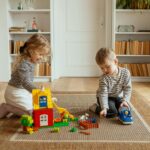 by Madison
by MadisonIf there’s one toy that has truly stood the test of time in our home, it’s LEGO. Those little interlocking bricks have not only been scattered across my living room floor more times than I can count—they’ve also played a huge role in how my kids (and even I!) learn, imagine, and problem-solve. In a world filled with flashy tech and endless apps, LEGO-based learning continues to be a total game-changer. And here’s why I think it deserves a permanent spot in every home and classroom.
First of all, LEGO inspires creativity without limits. One day, it’s a castle. The next day, it’s a spaceship. There’s no script or specific way to play, which gives kids the freedom to explore ideas on their own terms. That kind of open-ended play isn’t just entertaining—it’s essential. It helps build confidence and encourages kids to think independently. I’ve watched my child spend an hour redesigning a simple car, trying to make it faster or cooler, and in that process, he’s unknowingly practicing iteration, design thinking, and spatial reasoning.
What’s more, LEGO learning naturally integrates STEM concepts—without feeling like a chore. When we build together, we talk about balance, structure, weight distribution, and symmetry. We’ve explored basic physics through ramp experiments, engineering challenges by trying to build the tallest tower possible, and even math by counting studs and estimating brick quantities. It’s hands-on, it’s interactive, and best of all, it doesn’t require a worksheet or a lecture.
Another reason I’m such a big fan of LEGO-based learning is that it’s incredibly accessible and adaptable. Whether you’ve got a classic bin of bricks, a themed set, or a more advanced LEGO Education kit, you can tailor the learning experience to suit any age or interest level. My younger child loves to sort colors and match shapes (great for early learning), while my older one is getting into simple robotics with LEGO SPIKE and learning coding logic through drag-and-drop platforms.
And let’s not forget collaboration. One of the most surprising benefits I’ve seen is how LEGO brings people together. My kids work on projects as a team—sometimes with friends, sometimes with me—and they learn how to share, communicate, and resolve design disagreements (which happen more than you’d think). That social learning is just as valuable as the academic benefits.
LEGO also aligns perfectly with project-based and homeschool-style learning. We once created an entire miniature city as part of a geography and civics unit. My kids researched what a city needs—roads, schools, government buildings—and then built it out of LEGO. It turned into an unforgettable learning experience that combined research, writing, presentation skills, and creative construction. They still talk about it.
Sure, there are digital tools and apps that promise to teach coding, engineering, and design—but in my opinion, nothing beats the tactile, unplugged, hands-on magic of LEGO. It encourages kids to engage fully, to try and fail, to rebuild, and to stay curious. They’re not just building toys; they’re building knowledge, skills, and resilience.
So if you’ve got a dusty bin of bricks sitting in a closet, bring it out. Or if you’re looking for a screen-free way to make learning fun again, LEGO might just be the solution you didn’t know you needed. It’s not just play—it’s learning in disguise. And in a world that often overcomplicates education, LEGO keeps it simple, fun, and incredibly effective.
